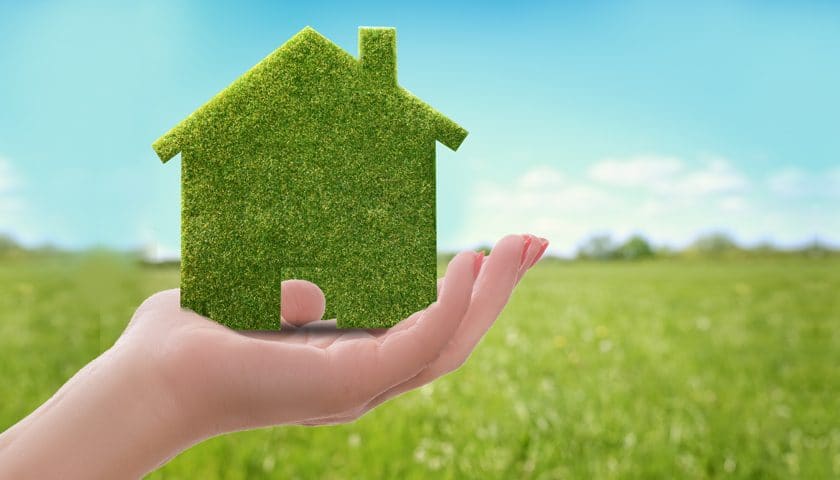Worldwide, buildings consume nearly 40% of annual energy produced and generate up to 30% of all energy-related greenhouse gas (GHG) emissions. Around 40% of worldwide resource usage, including 12% of all fresh-water use, can be attributed to the buildings sector. The sector is also responsible for up to 40% of our solid waste and employs, on average, more than 10% of the workforce.
With rapid urbanisation, sustainable construction practices and green structures are no longer good-to-have; they are a key lever in our global war against emissions. In the context of India, there are three essential steps to move towards an environment-friendly, sustainable future for the environment:
• Moving towards a green portfolio: Ensuring that all new buildings are certified based on existing green standards.
• Identifying new materials, technologies and methods that improve the ‘green’ quotient: R&D-led efforts that build on today’s basics in construction to drive improvements.
• Radically re-think the way we live: Redefining design and the way structures interact with the environment during their construction, occupancy, renovation, repurposing, and demolition.
Green portfolio
 Some well-established norms and processes measure and certify the extent of a building’s ‘green’ structure.
Some well-established norms and processes measure and certify the extent of a building’s ‘green’ structure.
From IGBC to GRIHA, there are multiple rating systems to guide, demonstrate, and document efforts to deliver sustainable and high-performance buildings in India.
Developers across categories – commercial, residential, retail and hospitality – are increasingly opting for green certification. GRIHA estimates that by 2022, registered green buildings will have a 10 billion sq. ft. footprint.
The widespread adoption of green building norms can significantly reduce emissions. The Energy Resources Institute estimates that if all buildings in urban India were to adopt green building concepts, we could reduce our power consumption by 8,400 megawatts – enough to light 550,000 homes a year. Interesting, right?
Hence, there is a strong case to ensure that all future construction in the country is green – maybe even mandated through legislation.
An important aspect of green certifications is often overlooked – post-occupancy results. While the certifications process (with some exceptions) provides a framework based on theoretical benefits, the real benefits of various green features should be quantified to understand their real impact better. ‘Living Building Assessments’ are critical to demonstrating the benefits of green certification adoption.
New materials and technologies
Even as green norms are adopted, leaders in sustainable development should invest in R&D to identify and develop materials, products, and methodologies that pave the way for future improvements in resource utilisation and emissions.
It is especially true for India since building guidelines are today primarily based on international standards and methodology, and do not account for Indian usage and climatic conditions.
For example, there has been limited work on thermal comfort, glare from daylighting and visual comfort specific to Indian circumstances. These have a significant impact on cooling and artificial lighting requirements, which in turn impacts power usage and related emissions.
Innovation and radical design
The construction of buildings has necessitated the use of hard materials such as masonry, metals and glass, which create a barrier to the external environment. Such structures have not only impacted the way we interact with the environment but also with each other.
Most modern structures today need to use artificial means for everything – from lighting, cooling, heating, to storing and providing water, to bringing people together.
We should always be conscious of the one stakeholder at the centre of all this – the homebuyer or end-user. While developers, contractors, and manufacturers work on creating greener buildings, it is necessary to educate the larger ecosystem about the benefits of such structures – both to the environment in the form of lower emissions and to customers in the way of lower operating and maintenance costs. The battle will not be won until green buildings supply is accompanied by demand.
This article is contributed by Vaibhav Jambhekar, Head, Strategy – Business Excellence and Sustainability, Mahindra Lifespace Developers Ltd.
The views expressed here are solely those of the author and do not necessarily represent or reflect the views of RoofandFloor.

